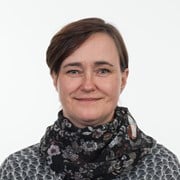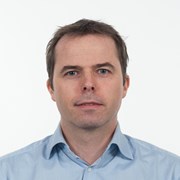
SINMOD
Services
The ocean model SINMOD has many application areas, and is used to deliver a broad spectrum of research and services. The model can easily be further developed and adapted to serve our customer's needs.
Examples of services and applications:
- Estimation of water contact between aquaculture sites, dispersal of lice and viruses
- Estimation of dispersal and sedimentation of dissolved and particulate waste from aquaculture sites
- Estimation of current conditions for planning of maritime installations, aquaculture sites, bridge building, dredging and deposition of material
- Research on physical and biological processes in the ocean – primary production, zooplankton populations and growth potential for extractive aquaculture (e.g. seaweed and mussels)
- Research on the effect of climate change on primary and secondary production in the ocean
References
About sinmod
SINMOD is a model system continuously developed at SINTEF since the early 80s. Results obtained using the model system have been published in more than 90 peer reviewed papers.
The hydrodynamic module is based on the Navier-Stokes equations, solved by the finite difference method on an Arakawa C-grid. Input to the model includes atmoshpheric forcing, freshwater run-off, and boundary conditions (density, tidal forcing, currents). A more detailed description of the model is found in Slagstad og McClimans (2005). The first SINMOD set-up was for the Barents Sea, but it has since been used in several areas around the world (Chile, New Zealand, Brasil). The spatial resolution varies according to the region and problem of interest, and may vary from 20 km to 32 m horizontally. Vertically, the model uses z layers.
A dynamic ecosystem module covering lower trophic levels run online with the hydrodynamic, module including an advanced stage-distributed population model for mesozooplankton (see Wassmann et al., 2011 and Alver et a., 2016 for more details). Other modules of SINMOD include a versatile particle transport model, a DEB type model for blue mussels (Handå et al., 2011) and a dynamic seaweed model (Broch et al., 2013).
Customers
Norway
Norwegian Research Council
EU
Norwegian Seafood Federation
The Norwegian Seafood Research Fund (FHF)
Marine Harvest
Lerøy Seafood Group
Salmar
Møre- og Romsdal County Council
Sør-Trøndelag County Council
Nord-Trøndelag County Council
Nordland County Council
Troms County Council
Statoil
DNV
Nordic Mining
Norwegian Public Roads Administration
Chile
Salmones Antartica
Salmones AquaChile
Mainstream Chile
Holding &Trading
Salmones Multiexport
Camanchaca
Congelados del Pacifico
Marine Harvest Chile
Los Fiordos
Multiexport Foods
Blumar
Yadran
Ventisqueros
GMT


